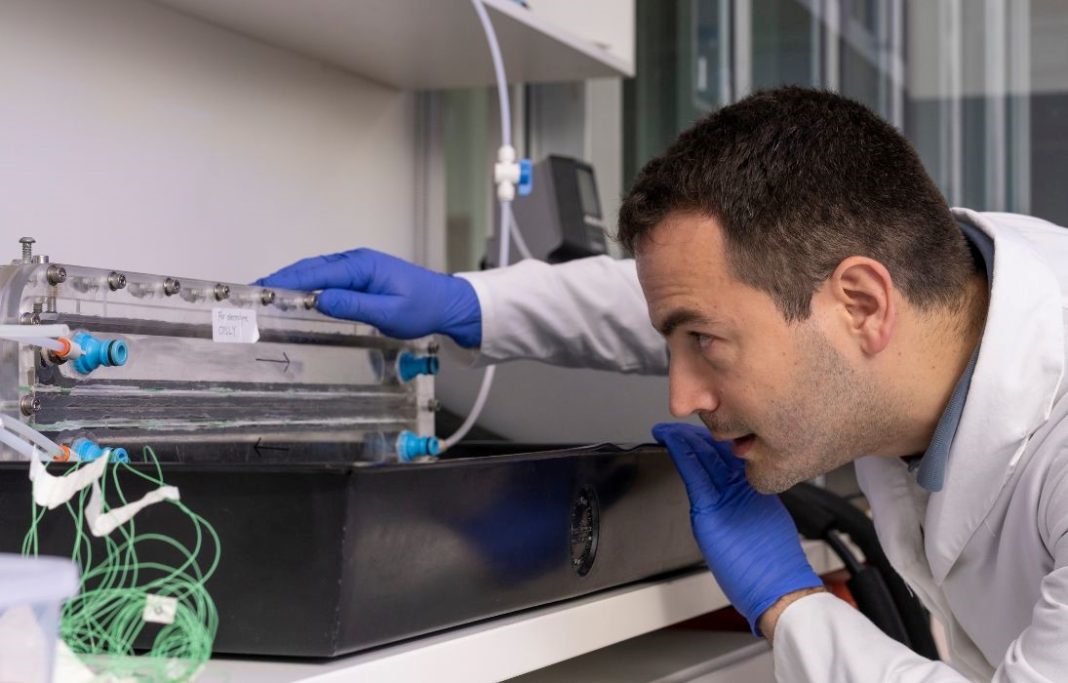Wars will soon be fought over water, not oil or territorial disputes. This is not far-fetched fiction, this is a United Nations projection. After analysing water availability and future projects, the forecast is for a 75-95 per cent chance of water wars in the next 50 to 100 years.
Here in Canberra, scientists at the Australian National University have come up with a simpler and more cost-efficient method for removing salt from seawater using heat. This could be a global thirst quencher. We’ve heard the word “unprecedented” so often, but we are facing unprecedented global water shortages. By 2025, 1.8 billion people will likely face what the Food and Agriculture Organization calls “absolute water scarcity.
ANU researchers may have the answer, developing the world’s first thermal desalination method, where water remains in the liquid phase throughout the entire process.
This power-saving method is triggered not by electricity, but by moderate heat generated directly from sunlight, or waste heat from machines like air conditioners or industrial processes. Lead chief investigator, Dr Juan Felipe Torres, said the phenomenon behind this technology, called ‘thermodiffusion’, was discovered in the 19th century but had remained under-utilised.
“We’re going back to the thermal desalination method but applying a principle that has never been used before, where the driving force and energy behind the process is heat,” he said.
“Thermodiffusion was a phenomenon first reported in detail in the 1850s by Swiss scientist Charles Soret, who experimented with a 30-centimeter water tube where one part of the water was colder and the other hotter. He discovered that the salt ions move slowly to the cold side.”
To see if this effect could be used for water desalination, ANU researchers pushed seawater through a narrow channel heated from above to 60 degrees and cooled from below to 20 degrees.
“Diffusion was taking 53 days to reach a steady state with a 30-centimeter tube which is much too long for our purposes and isn’t scalable,” Dr Torres said. “Our mission became to find a way to fast-track the diffusion process.”
The ANU researchers found that adjusting the conditions for separation could significantly increase the speed of the diffusion process to just a couple of minutes.
Each time the water passed through the channer, its salinity was reduced by three per cent. After repeated cycles, seawater salinity can be reduced from 30,000 parts per million to less than 500.
Current desalination technologies – where salt is filtered through a membrane – require large amounts of electric power and expensive materials that need to be serviced and maintained.
Dr Torres said a paradigm shift was essential to sustain human life over the next century.



